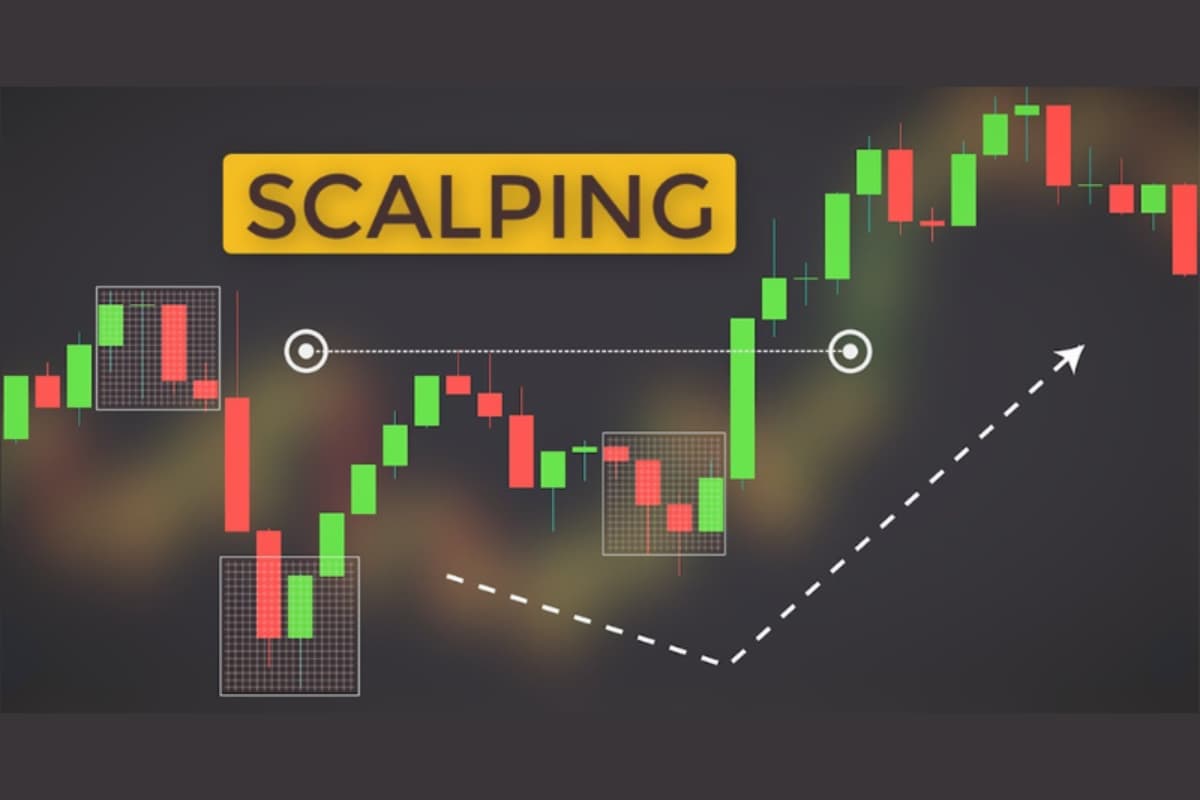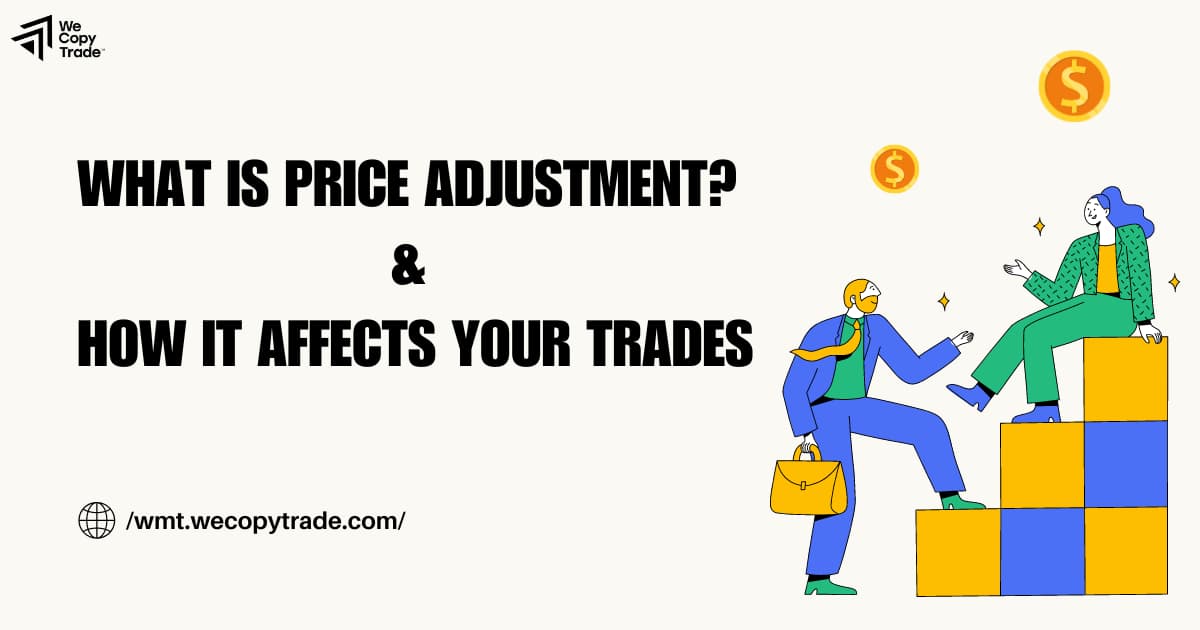
Selecting the right trading style is essential for anyone who wants to participate in the financial markets. There are various trading styles and traders may need help finding the most appropriate one. This article will explore the four main types of trading: day trading, swing trading, position trading, and scalping. Learning about these 4 types of trading can help you identify the best fit for your financial goals and preferences.
4 Types of Trading
Here we discuss the characteristics, advantages, and disadvantages of the 4 types of trading, including day trading, swing trading, position trading, and scalping.
Day Trading
Day trading is when you purchase and then sell Forex, stocks, options, or other investments within the same day. The objective is to make money from small ups and downs in prices over just a single day. Day traders will close their trades before the day is over. They do not want to hold on to anything overnight as prices could change after the market closes. To succeed, you need to pay attention to how the market is moving throughout the day and make choices fast.

Pros:
- You can make money fast from all the purchasing and selling within a single day;
- You do not have to worry about what will happen overnight since you close out all trades before the day ends;
- You can benefit from smaller ups and downs that happen quickly in the market.
Cons:
- Day trading takes significant time commitment since you need to watch the market very closely all day long;
- It can be very stressful because things move at a fast pace and you have constant decisions to make;
- All the trades you do within a day add up, so fees may cut into your profits.
Skills and tools needed:
- Proficiency in technical analysis and charting tools.
- Quick decision-making, discipline to adhere to an established trading plan.
- Access to advanced trading platforms and software.
Best for:
- Those who can make quick decisions and handle the fast pace of the market.
- Individuals who enjoy high-energy environments and do not mind intense focus for the whole trading session.
Swing Trading
Swing trading is quite similar to day trading but with a slightly longer timeframe. With swing trading, you may hold on to investments for a few days or even overnight to benefit from short to medium-term price movements.
Swing traders watch for trends in the market and momentum shifts. When they see an opportunity, they will buy in, and then sell once the price has gone up a bit. Technical tools help them identify good entry and exit points as they look to catch these swings in value over days or weeks.

Pros:
- You can benefit from price changes that happen over days or weeks rather than just intraday.
- There is less risk than day trading since you do not have to be right about small price movements in a single day;
- You have more flexibility to hold positions overnight or over weekends if a trade is going your way.
Cons:
- You still need to monitor the market and news closely to take advantage of opportunities;
- There is an overnight risk if unexpected news comes out that moves the price against your position;
- It may be more stressful than longer-term investing since you are trading on shorter timelines;
- Transaction fees still apply each time you buy and sell so they can eat into profits.
Skills and tools needed:
- Knowledge of technical and fundamental analysis.
- Ability to identify and follow market trends.
- Access to reputable trading platforms and new resources.
Best for:
- Traders with an analytical mindset and patience
- Those who wish to trade part-time as it requires less monitoring than day trading.
Position Trading
Position traders take a longer view when making investments. They look for assets they think will go up or down a lot over the coming weeks, months, or years, based on broad market forces.
Once in a position, they will stay with it through ups and downs, waiting for the expected big change. This approach takes patience since you have to ride out shorter periods where prices move against you. These traders are less focused on moment-to-moment changes than day or swing traders.

Pros:
- You can benefit from large price movements that happen over long periods, like months or years;
- You do not need to watch the market as closely since you focus on slower-changing trends;
- Taxes might be lower if positions are held for over a year before selling.
Cons:
- It takes a long time to know if your predictions are right or wrong;
- The market could go against you for a while before switching directions;
- You might miss out on shorter trades that could also make money.
Skills and tools needed:
- Strong understanding of fundamental analysis.
- Long-term market outlook and strategic planning.
- Portfolio management tools and techniques.
Best for:
- People who can predict larger economic and industry trends far out;
- Traders with a long-term perspective, patience, and substantial capital.
Scalping
Scalping is a very short-term trading style where people try to profit from tiny ups and downs in prices over seconds or minutes. Scalpers will quickly purchase and sell the same stock many times, hoping to make small amounts of money each time as the price moves a little bit. It takes a real expert to do this well since decisions have to be made super fast.
It is definitely not for most people because it requires following everything the market is doing in real-time and being very comfortable trading at high speed. But for experienced traders, it can be another strategy to consider.

Pros:
- Potential to make lots of small gains throughout the day that can add up;
- Opportunities for profits are constant since you are looking at ultra-short timeframes.
Cons:
- Takes lighting-fast decision-making and reactions since trades last minutes or seconds;
- High risk of losses offsetting gains with such narrow windows;
- Transaction fees can quickly eat into profits from such short holdings;
- Requires intense focus on quick moves in prices and volume;
Skills and tools needed:
- Advanced technical analysis and charting tools.
- Fast execution and real-time data access.
- High-speed internet and reliable trading platform.
Best for:
- Traders with quick reflexes, strong focus, and the ability to handle stress;
- Those who want to thrive in high-pressure environments.
Comparing the 4 Types of Trading
Now that you know the main features of the 4 types of trading. It is time to explore the key differences between them.
Key Differences
Here are the key differences between the 4 types of trading:
- Time commitment: Day trading and scalping require full attention all day, every day. Swing trading takes less time, but still daily watching. Position trading needs the least time as you watch the big picture.
- Risk tolerance: Scalping and day trading come with high stress from fast decisions. Swing trading has medium risk. Position trading is the lowest risk but long-term view.
- Skills and knowledge: Day traders and scalpers need to analyze technical details. Swing traders also use these tools. Position traders focus more on the fundamentals of companies and the economy.
Decision-making Factors
You need to consider some decision-making factors when choosing a trading style:
- Personal goals: Think about what you want to achieve, like income or savings amounts, and which style best fits your objectives.
- Time availability: Be realistic about how frequently you can monitor the market. Day trading requires the most hours; position trading needs the least of your time.
- Risk tolerance: Consider your comfort in taking on risks. Scalping and day trading are riskier with quick decisions. Position trading has less risk but longer waits for profits.
Conclusion
In conclusion, considering one’s goals, time, and tolerance for risk is important when exploring the 4 types of trading: day trading, swing trading, scalping, and position trading. Each has different characteristics in terms of time commitment needed, stress levels, and requisite skills. Finding the approach that best matches an individual situation can help maximize chances of trading success.
Please visit our WeCopyTrade Blog for more market insights and useful trading tips.











